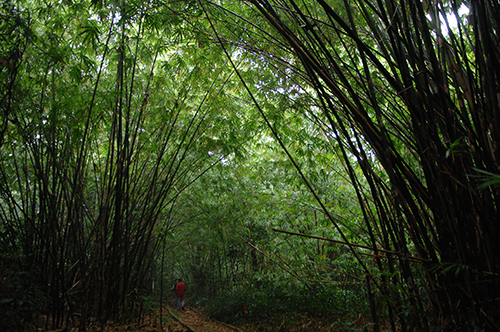**This article was published in BERITA HARIAN on 1st August 2017.**
By Dr. Daljit Singh Karam

Mental health problems can occur in anyone. These problems may arise from various internal and external factors such as financial difficulty, family pressure, absence or loss of employment, bullying, divorce and others.
Psychiatrists have used various therapeutic approaches, apart from supplying patients with various medications to curb and control their behaviour.
The government through the Ministry of Health Malaysia (MOH) has provided many psychiatric institutions, the means to treat mental patients and to educate the community on the importance of mental health, as well as ways we can play a role in helping patients recover, and be accepted back into society. It is also undeniable that some patients who recover do suffer from relapses of mental stress.
We are aware that the parametre of psychiatric patients is more controlled in a hospital, and some are isolated for safety purposes. However, for psychiatric patients who are less aggressive, the prisonlike condition in a patient’s room may increase anxiety and mental stress.
Forest therapy is one of the methods practised in developed countries such as Japan, European countries and North America to help alleviate stress faced by mental patients.
In the United States of America, forest therapy is also known as “forest bathing”, and is considered as the latest health therapy method. Amos Clifford, founder of The Association of Nature and Forest Guides Programs, has combined forest therapy techniques with experience or appreciation of nature through meditation and physiotherapy.
Also, in the forest we are able to escape the hustle and bustle; loud noises, and it gives us peace. Prof. Iwao Uehara, a forest therapist from Tokyo University of Agriculture (NODAI), Tokyo, Japan has conducted a research on the behaviour of students studying inside and outside of the classroom. The findings revealed that the green environment outside of the classroom, changed the emotions of the students, making them more receptive to each other’s diversity.
Furthermore, it has become a norm and a routine activity for senior citizens in the country of the rising sun, to spend time in gardens filled with greenery as they believe that it will increase longevity and maintain good health.
Most Malaysians live in urban areas as compared to rural areas, therefore we lose out on the health benefits that are only available in rural areas which are filled with greenery.
However, we have a lot of forest areas that can be used as location for forest therapy which would help psychiatric patients. At least, mental patients can spend time in a new place, which gives them more peace and opportunity to carry out personal and interpersonal sharing activities, which include fitness activities in the field with other patients.
The cost of carrying out forest therapy is also not high, as it only requires suitable and accessible forests. Various activities can be structured to observe the recovery responses of patients, before and after the forest therapy is carried out.
In the forest, patients can walk about in peace, in addition to having discussions with other patients. This can reduce stress. Psychologists will also usually have problem sharing sessions with patients who can or dare to express their problems.
Moreover, in the forest, patients often feel ‘free’ to think, as nature has healing properties. For example, meditation is a way of gaining inner peace, but if it is done in places like parks filled with plants or in the forests, meditation becomes a more liberating experience and self-confidence too increases.
Currently, research in the field of forest therapy with Tokyo NODAI is still at the stage of discussion between Prof. Uehara and local psychiatric specialists, as a suitable forest therapy framework is needed to solve the problems faced by psychiatric patients.
Forest therapy is not just an alternative method in helping to deal with mental health problems; it also does not cost much.
This article was published by Berita Harian on 1 August 2017
Date of Input: 03/08/2017 | Updated: 23/10/2019 | hairul_nizam
MEDIA SHARING




























